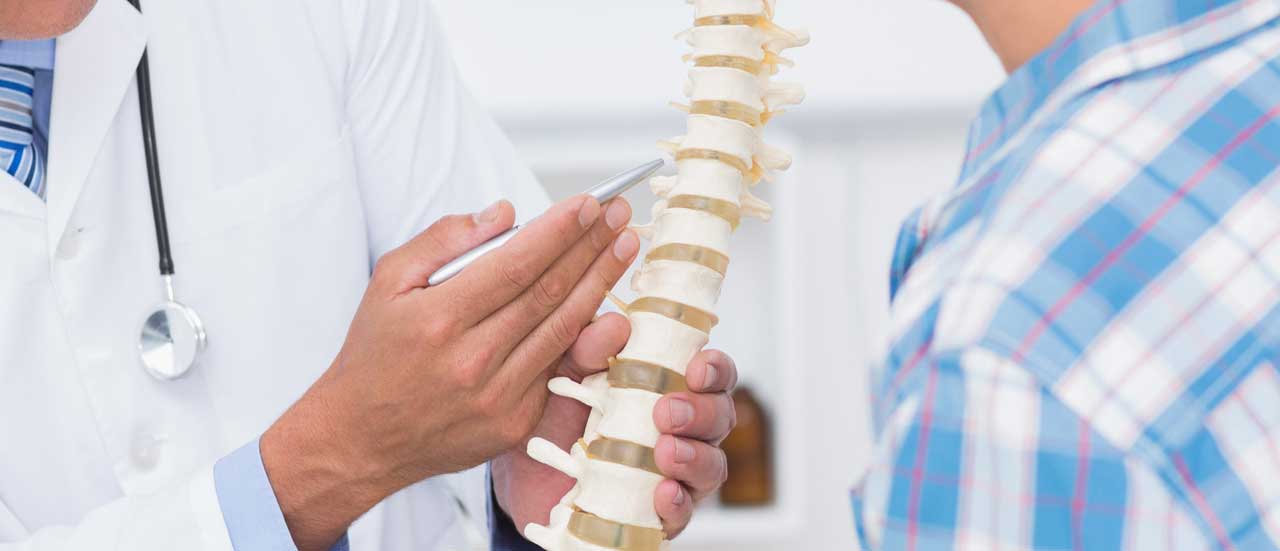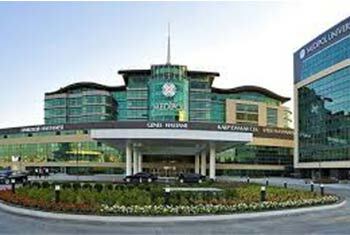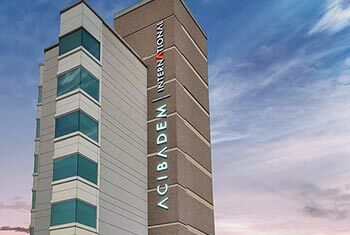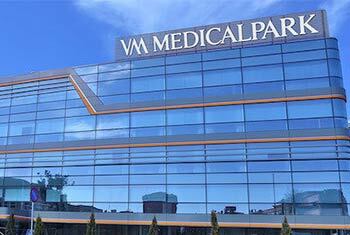Treatment options for Scoliosis
Turkey provides its patients with a variety of surgical procedures for the treatment of scoliosis. There are several ways to have scoliosis surgery if it is necessary. The surgeon will talk to the patient about the best options. The surgeon’s preference and the appearance of the scoliosis will determine the surgical options. The front, rear, or both of the spine may undergo surgery to straighten the curvature of the spine.
Following a scoliosis diagnosis, there are several factors to consider that can influence the course of treatment:
- Spinal maturity: refers to seeing if the patient’s spine still developing and changing.
- Curvature degree and extent: understanding how severe is the curve and how it impacts the patient’s way of life.
- Curve location: Thoracic curves are more likely to advance than curves in other areas of the spine, say some experts.
- If curve progression is possible: patients with big curves before their adolescent growth spurts are more likely to see curve progression.
Following an evaluation of these factors, the following course of treatment may be advised:
Observation
- Most children with mild scoliosis don’t need treatment. Doctors may monitor them every 4-6 months. Adults with scoliosis should get X-rays every 5 years if symptoms worsen.
Bracing
- Braces work only for non-matured patients. They may be recommended for children with a 25–40-degree curve that is still growing. Recent models fit beneath the arm and are more effective. Various types of braces are available, and studies show that 80% of children with scoliosis benefit from using them completely.
- For maximum effectiveness, the brace may need to be worn for 16 to 23 hours a day until growth stops. It should also be checked regularly to ensure proper fit.
Surgery
In Turkey, there are multiple surgical techniques for treating scoliosis. The surgeon will suggest the best option based on the curvature and their preference. Surgery can be done on the front, back, or both sides of the spine to correct the curvature.
- Surgery’s advantages and disadvantages should always be carefully considered. While many scoliosis patients find relief from surgery, not everyone will experience a halt in curve progression or symptoms after surgery.
- Surgery in children aims to reduce spinal deformity and prevent further progression. Experts recommend surgery only in cases where the spinal curve exceeds 40 degrees. The surgery can be done through the front or back, depending on the specific situation.
- Surgery can use an anterior approach (front) or posterior approach (back), depending on the situation.
Posterior approach
- For adolescents with idiopathic scoliosis, posterior spinal fusion with instrumentation and bone grafting is the most common surgical procedure. The patient lies on his or her stomach and this is done through the back.
- Spinal fusion occurs after the spine is straightened with stiff rods during this procedure. In spinal fusion, two or more vertebrae are solidly joined by adding a bone graft to the curved portion of the spine. While the spinal fusion is taking place, the backbone will stay straight thanks to the metal rods attached to the spine.
- The time required for this procedure varies based on age. It generally takes several hours in children and much longer in older people.
- However, with recent technological advancements, most people with idiopathic scoliosis are discharged within a week after surgery. They do not need post-operative bracing.
- The majority of patients can return to school or work within two to four weeks after surgery. They can resume all pre-surgery activities within four to six months.
Anterior Surgical approach
- To access the spine, the surgeon makes incisions in the patient’s side while the patient remains on their side. Compared to an open procedure, video-assisted thoracoscopic (VAT) surgery is less invasive and provides improved spine visualization.
- Better deformity correction, quicker patient rehabilitation, enhanced spine mobilization, and fusion of fewer segments are some potential benefits of the anterior spinal approach Two drawbacks of this approach are a higher risk of morbidity and the need for post-surgery bracing in many patients.
Decompressive laminectomy Method
- To make more room for the nerves, the laminae, or roof, of the vertebrae are removed. For patients with both scoliosis and spinal stenosis, a spinal fusion—either with or without spinal instrumentation—is frequently advised.
- A variety of tools, such as rods or screws, can be used to strengthen the fusion and provide support for the spine’s unstable regions.
Minimally Invasive Surgery (MIS)
Fusion can occasionally be carried out through minimally invasive surgery (MIS) with smaller incisions. The accuracy of hardware placement and incisions has increased with the use of endoscopy (camera technology) and advanced fluoroscopy (X-ray imaging during surgery), reducing tissue trauma and facilitating an MIS approach. It is crucial to remember that not every case can be handled in this way, and the surgical approach chosen depends on a variety of factors.
- For scoliosis, spinal fusion is regarded as an elective procedure. It’s critical to ascertain which orthopaedic spine and neurological surgeons routinely operate on spinal deformities.
- For high success rates, this intricate procedure necessitates advanced training, exposure to spinal deformity surgeries during residency, and expert mentoring.
- Revision surgery may be necessary for some adults who received treatment as children; this is especially true if the treatment was received 20 to 30 years ago before significant advancements in spinal surgery procedures were made.
- Surgery may be beneficial for adults who have spinal curves greater than fifty degrees, leg nerve damage, or symptoms related to the bladder or bowel.
- Adults with spinal stenosis and degenerative scoliosis may require spinal fusion during decompression surgery, which involves both front and back surgical approaches.







